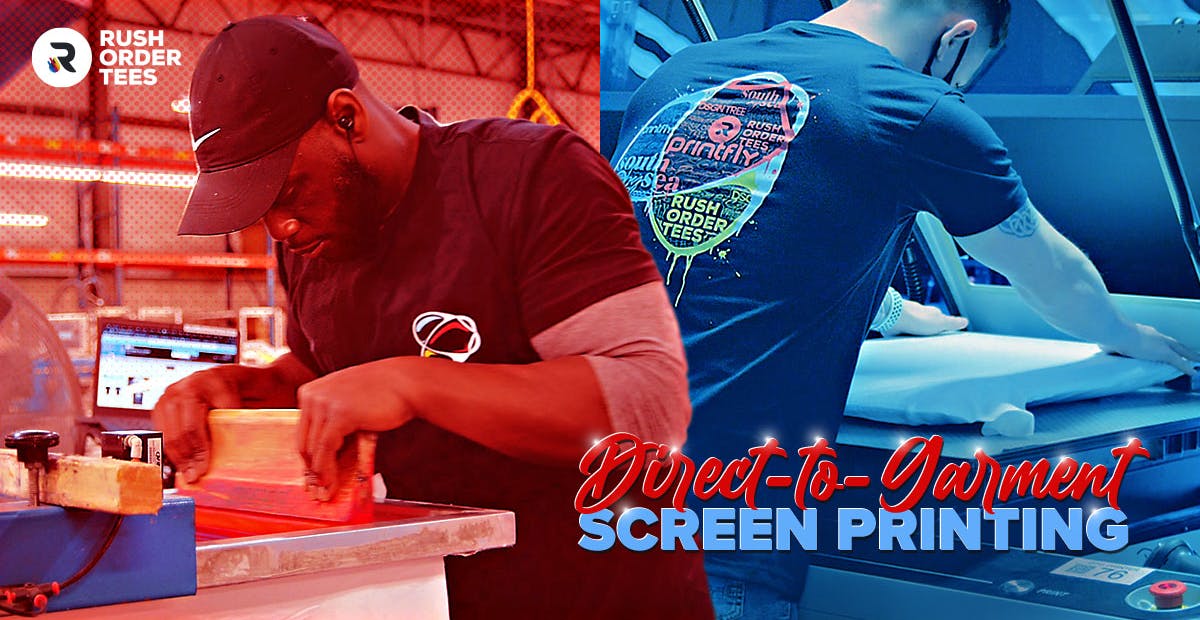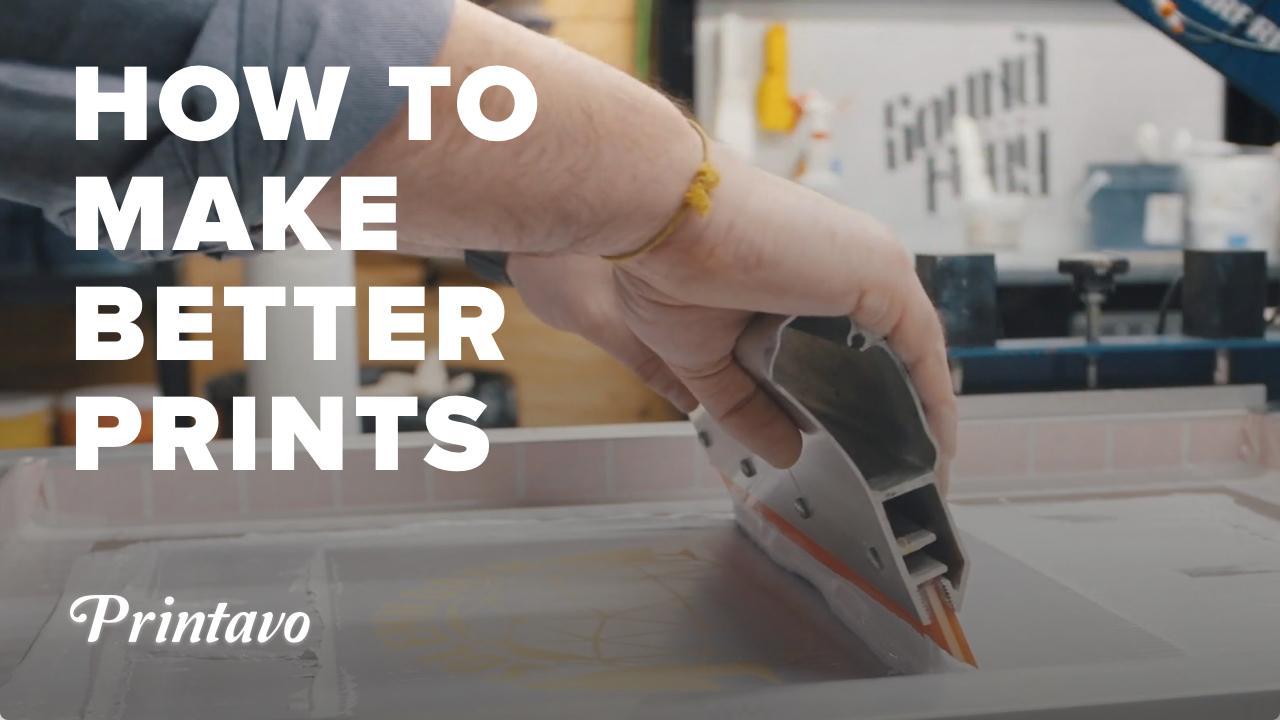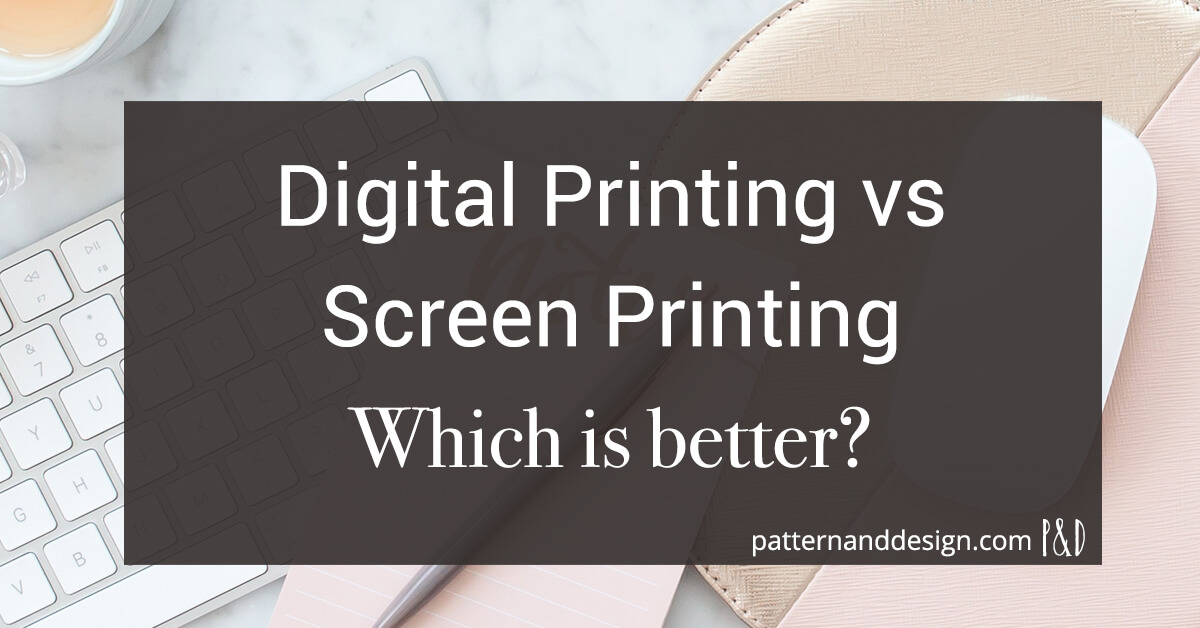Tx Tees Fundamentals Explained
Tx Tees Fundamentals Explained
Blog Article
The Single Strategy To Use For Tx Tees
Table of ContentsThe Main Principles Of Tx Tees The Buzz on Tx TeesFascination About Tx TeesAll about Tx TeesThe Buzz on Tx TeesThings about Tx TeesSee This Report on Tx Tees
Include up other costs, like the number of energies it takes to run the shop and the price of ink and emulsion per layout. Take the print below.The emulsion needs to just be a few cents because you 'd just require to layer one screen for this job. So just how much should you bill per shirt to earn a profit? Generally, printers try to make up to 45% revenue on a print task. Below's a table to aid you determine that: total expense per product percent of wanted revenue as a decimal (instance:.25 or.45) earnings made per thing per work Currently allowed's talk about the success of DTF.

With DTF, you can print a handful of shirts, or simply one. Both screen printing and DTF have their niches in the globe.
Tx Tees Can Be Fun For Anyone
The most effective means to know? Ask around and see what print stores like your own are doing. custom t-shirt design. Attempt both out and see which you like better
When you're choosing what sort of printing approach to make use of for printing your artwork designs on your garments, it is necessary that you recognize the distinctions between these 2 methods so you can optimize outcomes while minimizing costs. Screen printing is the most typically utilized method for publishing styles on fabrics.
DTG printing is likewise referred to as place or straight to garment printing due to the fact that it publishes just what is required rather than making a display as display printers do. https://www.storeboard.com/txtees. Display printing functions by display filler squeegee display printing ink screen mesh display, after that transferring the picture to garment making use of heat and/or pressure
The DTG printer uses special dye-sublimation inks that are applied into a pre-designed photo by an electronic printing system. The inks come to be component of the textile, enabling for dynamic shades and outstanding detail. It's additionally known as place or direct to garment printing because it publishes only what is needed rather than making a screen as display printers do.
The Best Strategy To Use For Tx Tees
First, it's much faster - you can print a fullcolor picture in mins, as opposed to hours for display printing. Second, there's no established time or prices involved - you can print any type of style you like, without having to produce a display initially. Third, there's no waste - due to the fact that display printers display print one style each time, they need to screen each color individually.
The paper is extremely costly and can only be utilized once. Once it's printed on, it has to be discarded. - The initial acquisition rate is reduced than the ahead of time financial investment of DTG printers- You can publish multi-color styles one screen each time instead of having to publish each color independently like DTG printing.

The Single Strategy To Use For Tx Tees
Nonetheless, rather than making use of screen mesh as screen printers do, color sublimation printers use laser innovation to move your photos onto garments or paper. A heat process moves the color from its solid-state straight right into the gas phase which in turn merges it onto textile substratums when they are rapidly heated to heats under high stress.
Sublimation printing is eco-friendly. It uses less water than screenprinting, and because it doesn't include using harmful solvents, it's safe More Bonuses for all kinds of clothing. The dye sublimation inks are likewise odor-free when healed, unlike display printers that make use of harmful chemicals during the screen printing process that leave behind an unpleasant odor.
They also save money on costly equipment like exposure units since dye sublimation printers don't call for a UV direct exposure device or a flash treatment stove that is commonly made use of in display printing (screen printing shop). What is direct to garment printing (DTG Printing)? DTG printing is a digital screenprinting procedure that publishes directly onto fabric using specialized inkjet printers
Getting My Tx Tees To Work
DTG printing supplies lots of benefits over typical screenprinting, consisting of the ability to publish photographic top quality pictures, better shade vibrancy, and the capability to publish layouts on darker materials. DTG printers function by warming the textile ink till it becomes a gas. The gas after that permeates the textile, bonding with the fibers to create an irreversible print.

Display printers merely prepare their display then begin publishing until they lack product or ink.- There is a vast range of seasoned display printers around the world, which can be useful for beginners. - It's a slower process - display printers usually need to wait on the ink to dry before they can publish the following color- Screen printers call for hand-operated labor, so there's a greater knowing curve and it takes longer to generate a high-quality layout- Display printing isn't as accurate as DTG printing, so you might obtain some "bleeding" of shades from one component of the image onto another otherwise done appropriately.
More About Tx Tees
Rather of using display mesh as screen printers do, dye sublimation printers make use of laser technology to move your images onto garments or paper. A warm procedure transfers the dye from its solid-state straight into the gas phase which subsequently merges it onto textile substrates when they are rapidly heated up to high temperature levels under high pressure.
Sublimation printing is green. It uses much less water than screenprinting, and due to the fact that it doesn't include using hazardous solvents, it's secure for all kinds of apparel. The dye sublimation inks are additionally odorless when treated, unlike display printers that make use of hazardous chemicals throughout the display printing procedure that leave behind an unpleasant odor.
They likewise conserve cash on pricey tools like direct exposure devices because dye sublimation printers do not require a UV exposure unit or a flash treatment oven that is typically made use of in screen printing. What is straight to garment printing (DTG Printing)? DTG printing is a digital screenprinting procedure that publishes directly onto fabric using specialized inkjet printers.
The Tx Tees PDFs
DTG printing offers many advantages over typical screenprinting, consisting of the capacity to publish photographic quality images, better shade vibrancy, and the capability to print designs on darker textiles. DTG printers function by heating up the textile ink till it develops into a gas. The gas then permeates the textile, bonding with the fibers to produce a long-term print.
Report this page